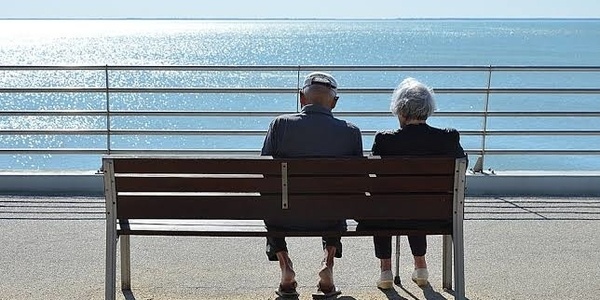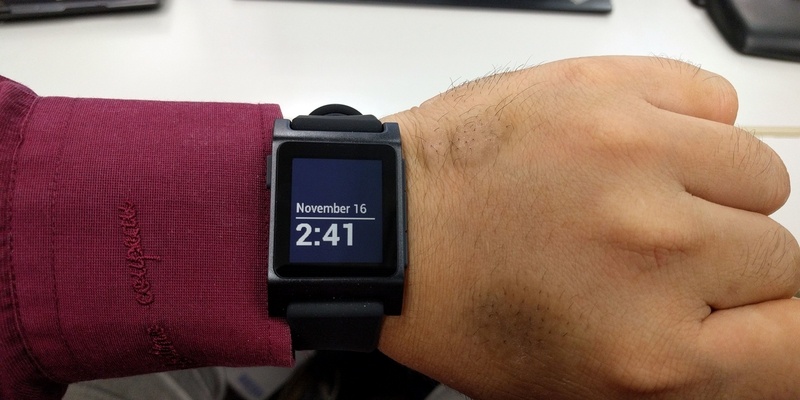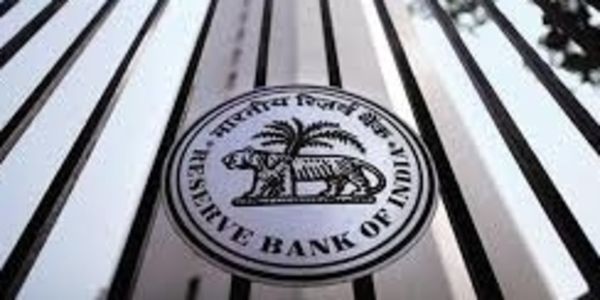Free Healthcare for Every Indian Over 70 Under New Government Scheme!
The availability and cost of healthcare have a substantial impact on the well-being of society and are considered a vital part of human life. Healthcare is still considered a luxury in India, where a sizable portion of the populace cannot afford it. In India, private hospitals provide the majority of healthcare services and support, with about 65% of medical costs being covered out of pocket by patients. After numerous amount of senior citizen-oriented schemes, here comes ~ The Ayushman Bharat PMJAY is the world's largest publicly sponsored health insurance system, arriving after a plethora of senior citizen-focused initiatives. It offers yearly health coverage for secondary and tertiary care hospitalization of ₹ 5 lakh per family. Under the program, free treatment would be given to all Indian citizens who are older than 70. "Further, the government is going to take yet another decision in this area. Now all the elderly above 70 years of age will also be covered and get the benefit of free treatment under Ayushman Bharat Yojana," the President said. According to Murmu, India is fostering AYUSH (Ayurveda, Yoga, Naturopathy, Unani, Siddha, and Homoeopathy) to contribute to the creation of a healthy world. She said that a recent worldwide celebration of the International Day of Yoga took place to uplift this contribution. "The prestige of this great legacy of the country is continuously rising in the world. By promoting yoga and AYUSH, India is helping create a healthy world,” the President said. She said that India is becoming a global leader in a variety of industries, including IT, tourism, health, and wellness. The largest publicly sponsored health insurance program in the world, AB-PMJAY, intends to cover 12 crore families for secondary and tertiary care hospitalization by offering health coverage of Rs 5 lakh per family annually. The State Health Agencies (SHAs) are tasked with the job of impaneling hospitals under the AB-PMJAY program, as per the Hospital Empanelment and Management (HEM) guidelines. (Source: Google Images) Some takeaways from the Scheme: Reduces the Income Gap ~ Many people believe that having access to healthcare indicates one's social and economic standing. Regardless of their socioeconomic situation, everyone can have equal access to medical treatment with free healthcare. It may contribute to closing the gap in income inequality. lowers the rates of morality ~ People are more likely to obtain screenings and preventative care when they have access to free healthcare, which can result in early disease detection and treatment. It may result in less chronic illness prevalence and a healthier populace. Aids in Stress Reduction ~ People already have a difficult time making ends meet, purchasing a home, raising a family, and making sure their kids receive a good education; adding to this burden is having to deal with medical expenses. Therefore, free healthcare would be a huge weight off their shoulders if they or a member of their family ever fell ill. These individuals often struggle to make ends meet. Particularly for those who struggle to make ends meet, healthcare ought to be a right rather than a privilege. To effectively heal every citizen, more physicians, nurses, facilities, equipment, and medications must be brought in, which requires funding for the healthcare industry and numerous helpful programs. Healthcare facilities require additional funding, infrastructure, and resources in the wake of the pandemic.




